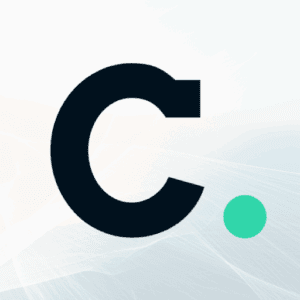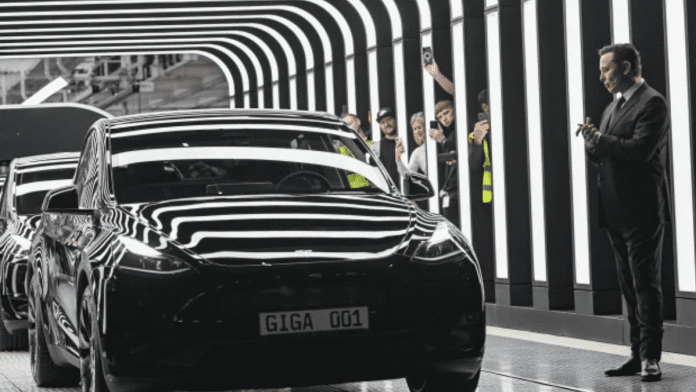🕒 Last updated on July 25, 2025
Tesla, the world-famous electric car company, is facing some of its most serious challenges yet. For years, Tesla was the star of the electric vehicle (EV) industry. But now, its car sales are going down, and its future plans are being questioned.
EV Sales Drop as Tesla Struggles to Stay on Track
In the first half of this year, Tesla’s car sales dropped by 13%. That’s a big deal for a company that has always promoted growth. One major problem is that Tesla’s current car models are getting old. Many customers are no longer excited about the cars, and new models are taking longer to arrive.
Another issue is that a popular tax credit in the United States—worth $7,500 for EV buyers—is expected to go away soon for some Tesla vehicles. This makes buying a Tesla less affordable for many people.
Tesla’s stock price has also dropped in the interim. Its shares dropped over 8% in just one day after its recent earnings call. Since the beginning of this year, the stock has fallen by 24%.
Tesla is now betting big on something new: robotaxis—self-driving cars that can pick up passengers and drive without a human behind the wheel. The company believes these robotaxis could help fix its falling car sales. But the road to success won’t be easy.
Robotaxis: Big Dreams, Bigger Hurdles
Tesla’s CEO recently announced that the company is close to getting the green light to launch its robotaxi service in a few U.S. states—California, Nevada, Arizona, and Florida. He also claimed that robotaxi operations could reach half the U.S. population by the end of the year and be running at full scale by the end of next year.
Right now, however, Tesla’s robotaxi system is only running in a small test fleet in Austin, Texas—and it’s not open to the public. That’s a big gap between promises and reality.
Launching robotaxis across the country requires multiple government approvals. In California, for example, companies need to pass several steps before they can run driverless cars that pick up paying passengers. Tesla has only cleared the very first step in California and hasn’t applied for the rest yet. Regulators say they haven’t received the necessary applications from Tesla to move forward.
In contrast, other companies like Waymo—which also runs driverless taxis—spent almost nine years and passed seven different government approvals before they were allowed to charge passengers in California. Tesla, on the other hand, has reported only 562 miles of test driving in California since 2016, and none in the past six years.
Even in the other states Musk mentioned, progress is slow. Arizona officials said Tesla applied for permits just last month. A decision might come soon, but Tesla still needs to show how police should respond to their robotaxis and get additional approvals. In Nevada, Tesla has only had early discussions. Questions concerning Tesla’s ambitions have not even received a response from legislative representatives in Florida.
Promises Made, But Questions Remain
Tesla’s robotaxi plans are ambitious, but many are wondering when the service will actually launch in a meaningful way. So far, the company hasn’t given details on when the Austin test program will open to the public or how many robotaxis will be available.
Tesla has promised for years that fully self-driving cars were just around the corner. But each year, those plans have been delayed. The company first said self-driving cars would be ready in 2016. Every year since then, it has promised they would arrive the next year—but it still hasn’t happened.
U.S. Seizes $7.1M in Crypto Tied to Oil Investment Scam Spanning Three Continents
On the company’s most recent earnings call, many investors asked about robotaxis. They wanted to know how quickly Tesla could grow the service and what roadblocks might stand in the way. The company’s leaders said robotaxis would have a “material impact” by the end of next year. Just a few months ago, they had said it would be by the middle of next year.
Some government agencies are also starting to take a closer look. In a recent filing, Tesla said that regulators had asked for more information about its robotaxi plans. Federal safety officials are looking into reports that some of Tesla’s self-driving test vehicles in Austin were speeding or driving in the wrong lane.
As the company continues to chase its robotaxi dream, questions about timelines, safety, and readiness are becoming louder. For now, Tesla is facing a hard truth: its core business is struggling, and its next big thing isn’t quite ready.

